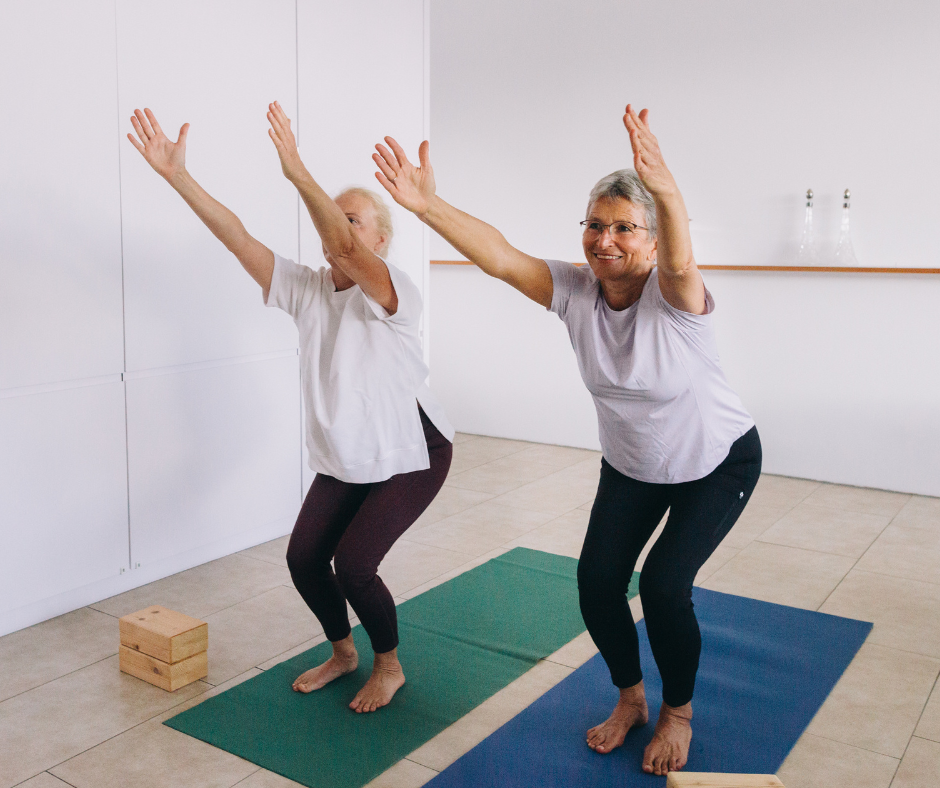A Podiatrist’s Guide to Better Balance
Falls might be common, but they’re also deadly: one in four adults over 65 will fall at one point or another, making falls a leading cause of serious injury.
Since it’s Falls Prevention Awareness Month, we’d like to remind everyone that falls are not an inevitable part of aging. At Reconstructive Foot & Ankle Institute, LLC, we are experts in fall risk prevention, and in this guide, we’ll walk you through the basics. Read on to learn how you can assess your stability and access modern solutions, too.
The At-Home Check-In: The 5-Second Balance Test
A simple test that can offer a surprising snapshot of your stability:
- Stand on a flat, non-slip surface near a counter or sturdy chair you can grab if needed.
- Lift one foot off the ground, keeping your elevated foot from touching your standing leg.
- Cross your arms over your chest.
- Try to hold this position for at least five seconds without wobbling, touching down, or grabbing for support.
If you found it difficult to maintain your balance, it’s a clear signal that it’s time to investigate the root cause.
Why Your Feet Are the Foundation of Your Balance
Your feet are your body’s first point of contact with the ground, sending constant information to your brain to keep you stable. When problems arise, they can compromise your entire body’s balance.
Common risk factors include:
- Ankle Weakness or Instability: Chronic instability or arthritis can make it difficult for your ankle to support you on uneven surfaces.
- Foot Pain: Conditions like arthritis or bunions cause you to alter the way you walk to avoid pain. This unnatural gait can easily throw you off balance.
- Numbness (Neuropathy): Often associated with diabetes, neuropathy can reduce sensation in your feet, interfering with the signals your brain needs to make the micro-adjustments required for balance.
The Moore Balance Brace® – Your Stability Support System
For patients with balance concerns, we often recommend the Moore Balance Brace® (MBB). This custom-made ankle-foot orthosis (AFO) is a lightweight, clinically proven device designed to reduce fall risk.
The MBB works by:
- Stabilizing the Foot and Ankle: Providing firm support to prevent the ankle from rolling and reducing postural sway.
- Improving Foot Clearance: Helping you lift your foot properly to avoid tripping over small obstacles.
- Stimulating Skin Receptors: Providing valuable sensory feedback to the brain, which enhances your body’s natural sense of balance and coordination.
The brace fits easily into most supportive shoes and is covered by many insurance plans, including Medicare, as a treatment for conditions that increase fall risk.
We Can Fall Proof Your Home!
Winter ice, wet fall leaves, or a simple uneven sidewalk can all pose a threat. The best way to stay safe is to be proactive.
- A comprehensive fall risk assessment at our Prevention Center can identify your specific challenges and provide a personalized plan to keep you on your feet!
We can even connect you with home construction specialists who can perform a safety assessment of your home.
- They can install crucial modifications like safety bars in the bathroom, ramps for entryways, and improved lighting to significantly reduce your risk of an in-home fall.
Don’t Wait on Falls Prevention
If you or a loved one is feeling unsteady, don’t wait! As Dr. Michaels often says:
“If it’s below the knee, think of me!”Still have questions? We’ve got answers! The Reconstructive Foot & Ankle Institute offers comprehensive podiatric services, so call us at 301-797-8554 or contact us to schedule an appointment. Located in Hagerstown & Frederick, MD, we’re ready to meet any of your foot health needs.


